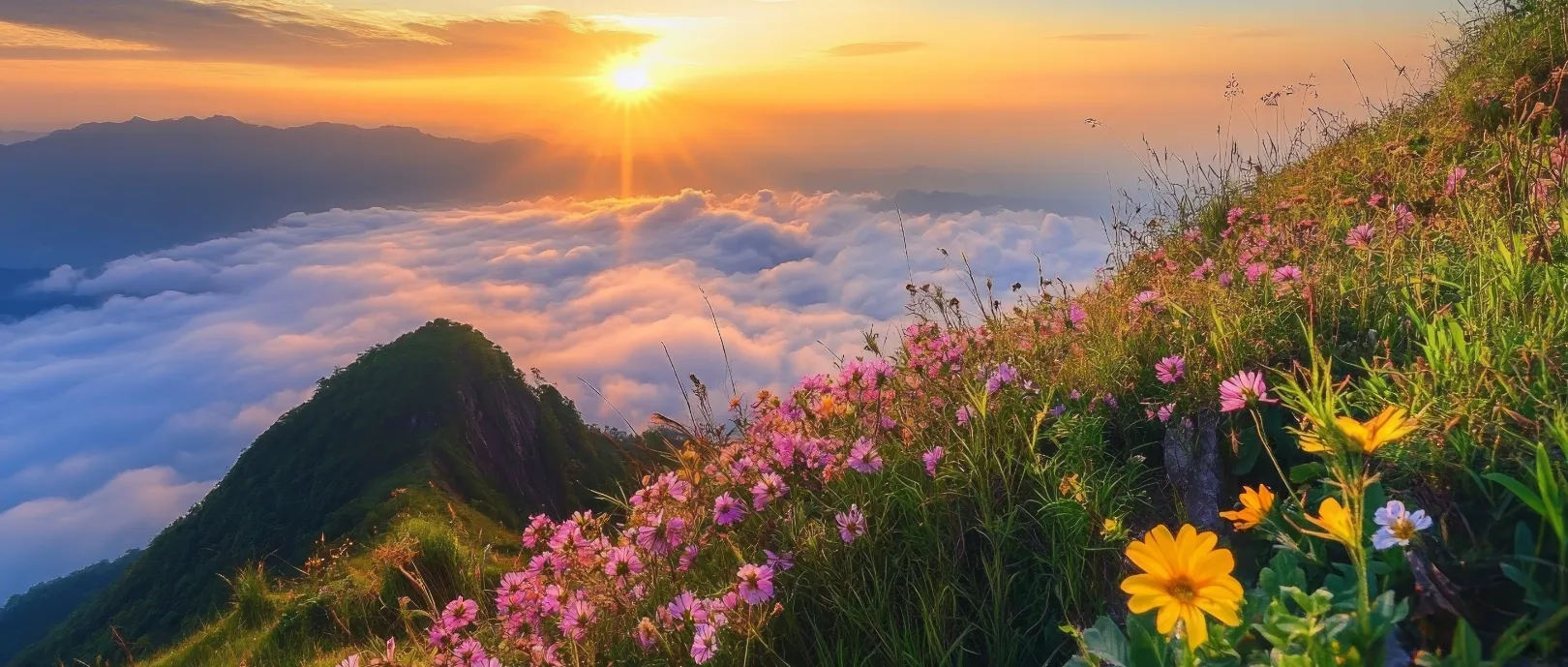
“Nan Province, nestled deep in the forested mountains of Northern Thailand“
Remains one of the country’s best-kept secrets. While neighboring Chiang Mai and Chiang Rai attract international crowds, Nan holds its quiet magic, perfect for travelers seeking authenticity, cultural depth, and unspoiled nature. From cloud-topped peaks to sacred murals, here are ten places in Nan that invite you to slow down and discover.
Doi Phu Kha is the largest national park in Nan, and arguably one of Thailand’s most stunning. In February, the rare Chomphu Phu Kha trees bloom with pink blossoms—an ethereal contrast against the dense green forest. Trails weave through moss-covered woods, past waterfalls, limestone cliffs, and hilltop lookouts like Phu Wae.
Motorbike the scenic Highway 1256 for heart-stirring curves and panoramic views. Spend the night camping under calm mountain skies or stay in park bungalows. For hikers and birdwatchers, this park is pure bliss.
In Nan’s Old Town, Wat Phumin is more than a place of worship—it’s a cultural icon. Its cruciform-shaped hall rests atop two sculpted nagas, but the 19th-century murals inside steal the show. They depict everyday life, Buddhist tales, and the famous ‘Whispering Lovers’ painting—a symbol of romantic mystique.
After sunset, nearby streets fill with food vendors and musicians. Grab a bowl of Khao Soi or try Nan’s version of Sai Oua sausage. It’s a sensory journey inside and outside the temple walls.
Up near the Laos border, Bo Kluea is known for its 800-year-old salt wells. Saltwater drawn from the earth is boiled over wood fires in large clay pots, filling the air with the scent of minerals and smoke.
The village is dotted with wooden houses and rice terraces, and the quiet roads are perfect for scenic drives. Soak in a nearby hot spring or stay overnight in a local homestay. The combination of cultural preservation and mountain tranquility is hard to beat.
The historic heart of Nan is best explored on a bicycle. Meander along narrow streets with teakwood homes, quiet temples, and old colonial buildings. Highlights include:
On weekend evenings, a walking street pops up near Wat Phumin with live music, crafts, and excellent street food. It’s a town to wander and linger in.
Sao Din Na Noi, in Na Noi District, is a surreal landscape of eroded clay pillars and ridges—Thailand’s answer to the Grand Canyon in miniature. Formed over millions of years by wind and rain, these formations glow gold at sunrise and sunset.
Walk the trails and feel the quiet majesty of this ancient terrain. Fossils in the area hint at prehistoric life, adding another layer of wonder.
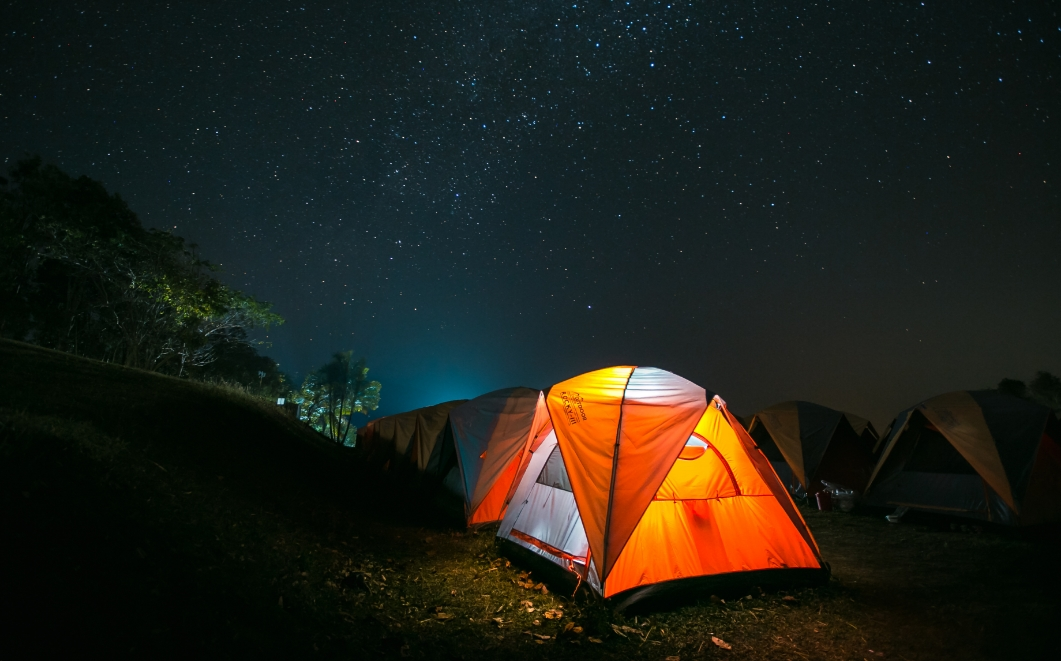
Doi Samer Dao offers one of Thailand’s best stargazing spots in the Sri Nan National Park. With little light pollution, you’ll see the Milky Way spread across the sky like a glittering blanket.
The hilltop lookout is equally famous for sunrise. Mists roll through the valleys as golden light breaks over distant ridgelines. Rent a tent, bring warm clothes, and enjoy a quiet night surrounded by nature.
7. Pua District – Rice Paddies and Thai Lue Traditions
Pua is a sleepy, scenic district north of Nan town where you’ll find rolling rice fields, traditional Thai Lue weaving, and a community deeply rooted in tradition.
Visit:
The area’s coffee shops and slow-travel homestays are ideal for an extended stay.
Overlooking Nan town, this hilltop temple features a golden-standing Buddha gazing eastward. Wake early to see the sunrise behind him, city lights below, and the sky turning gold.
The naga-lined staircase is rewarding, though there’s also a road to the top. The temple’s peaceful energy and commanding views make it a hot spot for reflection and worthy of photography.
Located in Tha Wang Pha district, Wat Nong Bua is less visited but no less enchanting. Built in the 19th century by Thai Lue settlers, the temple features vivid murals portraying Buddhist teachings and scenes of daily village life.
These paintings have aged gracefully and remain largely unaltered. Around the temple, you’ll find weavers at work and perhaps an invitation to tea. It’s an experience that feels both intimate and timeless.
Tucked away near the Laos border, Khun Nan National Park is wild, rugged, and rarely crowded. Waterfalls tumble through thick forest, trails snake into hill tribe areas, and birds call from the canopy above.
Highlights:
This park is a rewarding challenge for those who like their nature raw and honest.
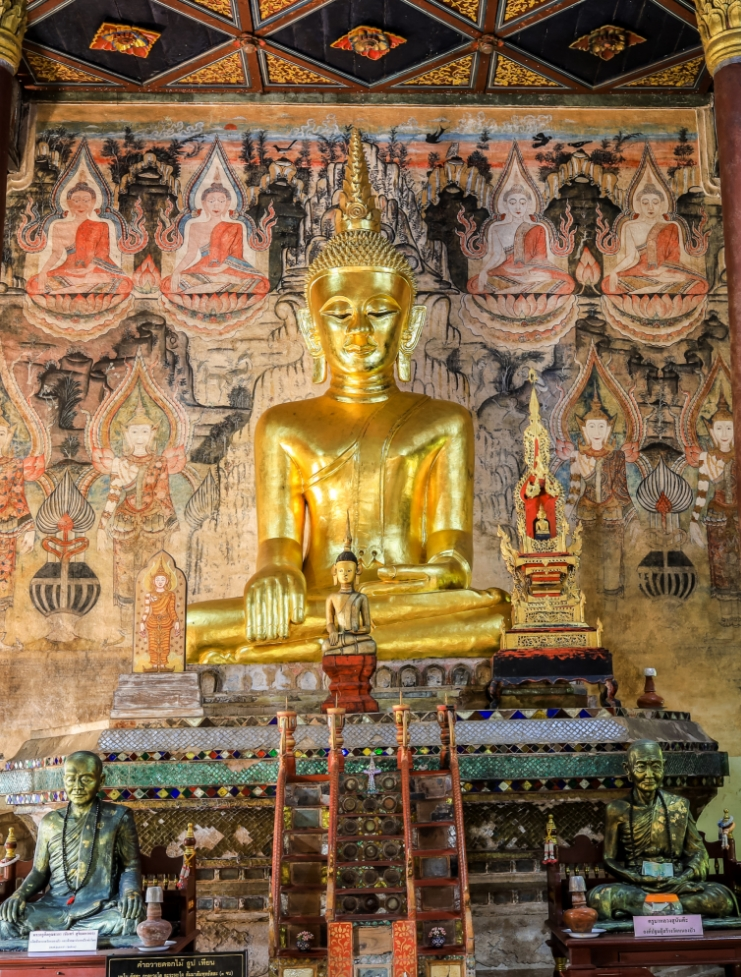
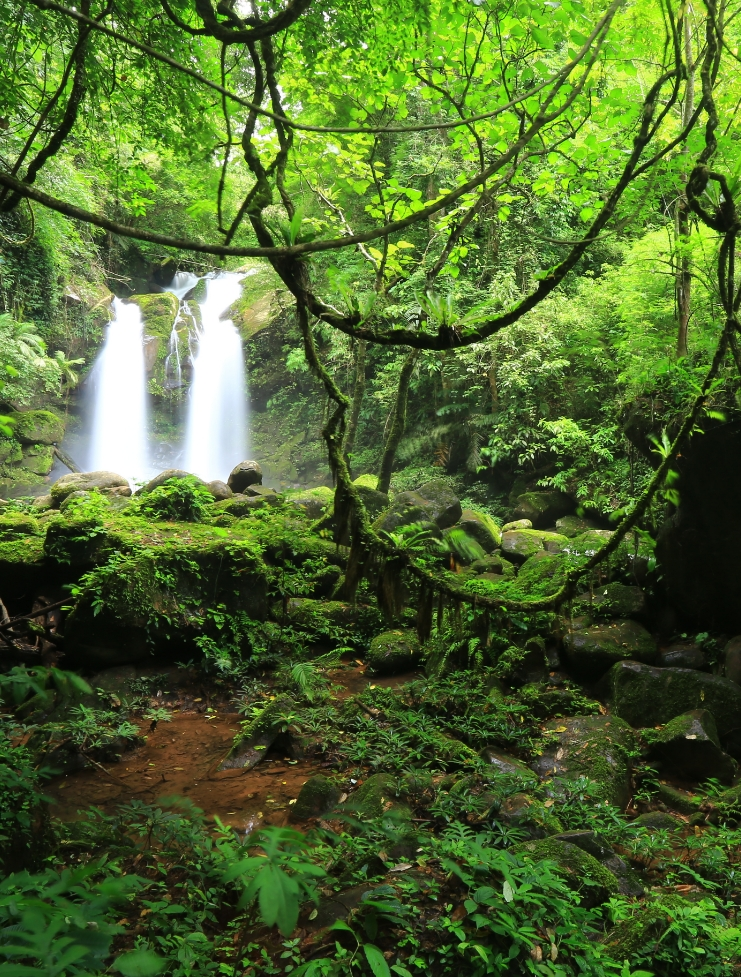
Nan’s memorableness isn’t just its temples or trails—it’s the feeling. Mornings begin with the soft chants of monks and the clink of alms bowls. Teak leaves rustle in the breeze. Villagers smile with quiet hospitality, and time flows gently.
Nan invites you to trade itineraries for instincts. Linger in a café, join a weaving workshop, or hike a trail to see where it goes. In doing so, you might discover something more valuable: a deeper connection with the land, its people, and yourself.
When to Go: November to February is ideal—cool, dry, and blooming with color.
How to Get There: Fly from Bangkok to Nan Nakhon Airport, or drive through the scenic mountain highways from Chiang Mai or Phrae.
Nan doesn’t shout—she whispers. And if you listen, you’ll hear stories etched into murals, sung by rivers, and shared around fires. It’s a place that stays with you.
Ready to explore the soulful heart of Northern Thailand? Nan awaits.
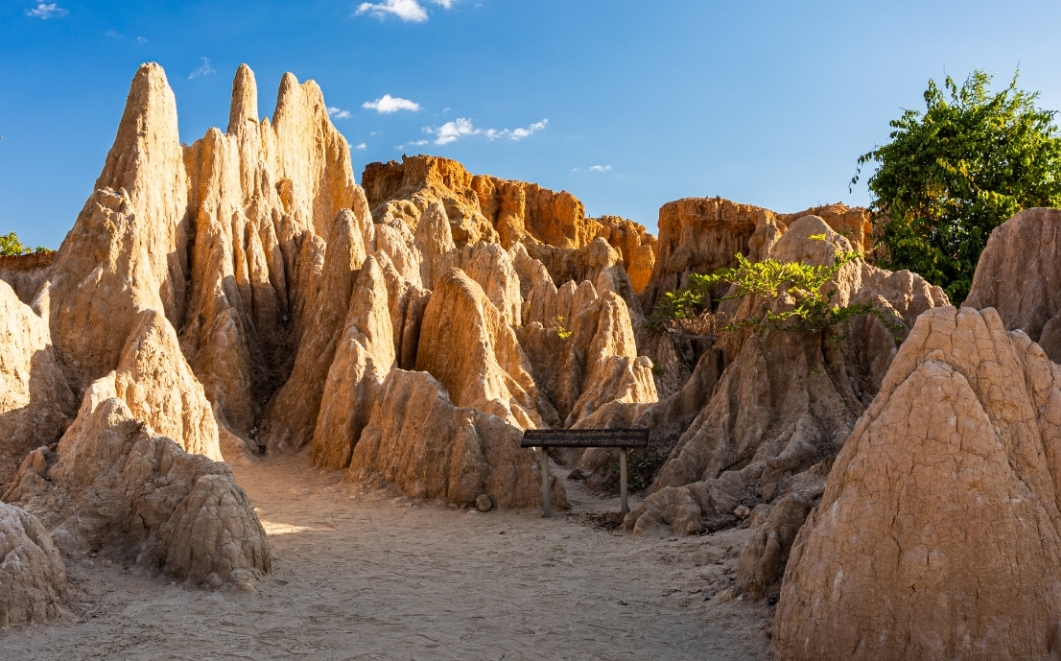
FAQs – About Visiting Nan
The ideal time to visit is from November to February, when the weather is cool and dry. This is also when the rare Chomphu Phu Kha trees bloom in Doi Phu Kha National Park.
You can take a direct flight from Bangkok to Nan Nakhon Airport, which takes about 1 hour and 15 minutes. Alternatively, you can drive along scenic mountain highways from Chiang Mai or Phrae.
Doi Phu Kha National Park offers lush hiking trails and blooming pink Chomphu Phu Kha trees, while Doi Samer Dao is perfect for stargazing and misty sunrises.
Wat Phumin is Nan’s most iconic temple, known for its unique cross-shaped structure and the famous “Whispering Lovers” mural.
Visit Pua District and Bo Kluea Village. Both areas preserve Thai Lue traditions such as handwoven textiles and ancient salt-making practices.
Absolutely. With its peaceful nature, cultural experiences, and safe environment, Nan is great for travelers of all ages—whether with kids, parents, or grandparents.
Yes, there are plenty of nature-inspired stays, such as homestays in Bo Kluea, riverside bungalows in Sapan, and rice-field retreats in Pua.
Traditional Thai Lue handwoven textiles, Bo Kluea mountain salt, locally grown tea and coffee, and handmade crafts from community markets.
Bring warm clothes (especially in the cool season), hiking shoes, personal medication, and a good camera to capture the scenic landscapes and cultural highlights.
Nan suits a variety of travelers—from solo backpackers to couples, families, and small groups. It’s ideal for those who enjoy slow travel, cultural depth, and peaceful natural settings.
Related Stories
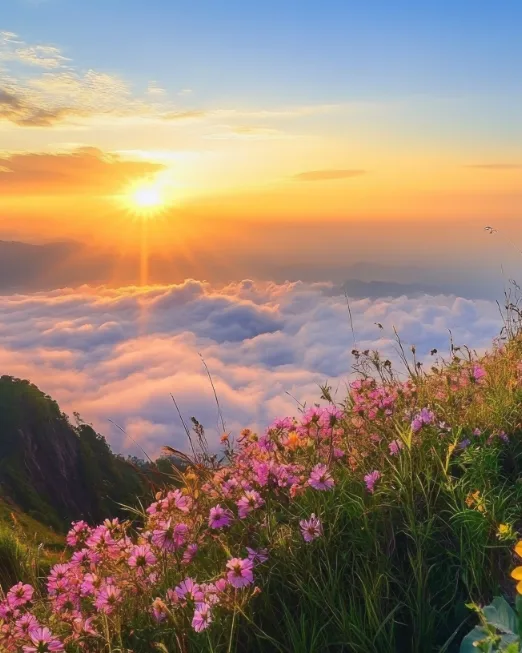
Discover 10 must-visit places in Nan, Thailand—from ancient temples and salt villages to stargazing peaks and scenic old towns. Explore the soul of the north.
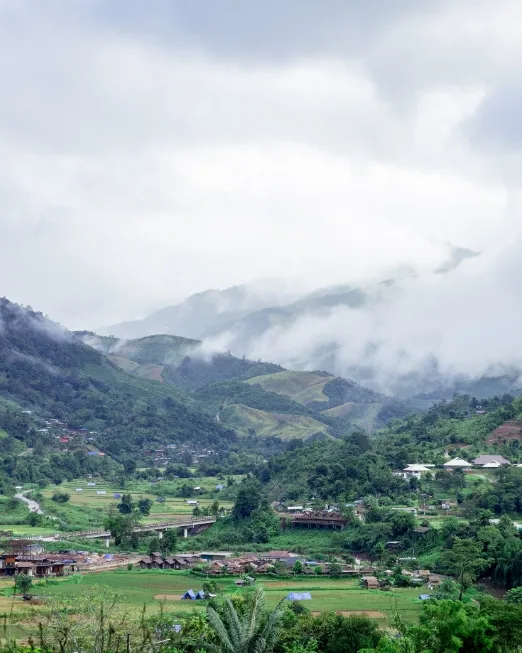
Learn how to get to Nan, Thailand, from Bangkok, Chiang Mai, and beyond by flight, bus, car, or train. The guide includes routes, travel times, and local tips for a smooth journey
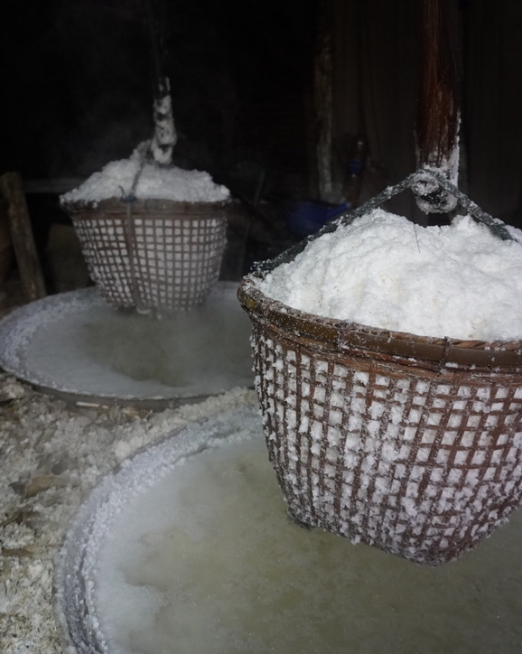
Planning a trip to Bo Kluea? Learn how to get from Nan City to Bo Kluea district by car, bike, or public transport. Includes travel times, scenic stops, and FAQs.
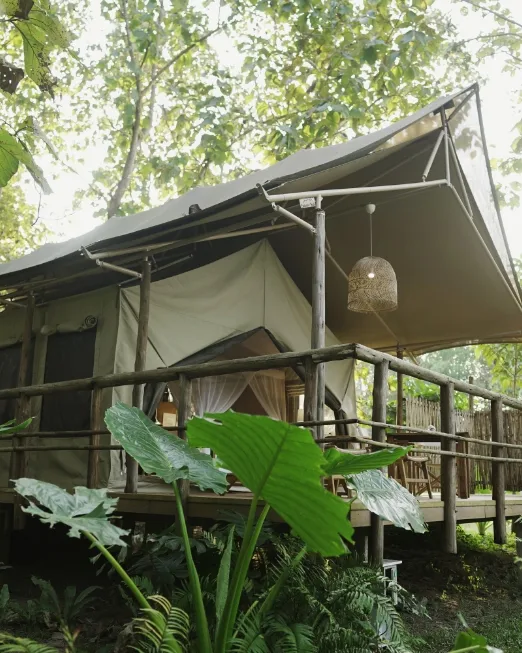
Planning your visit to Visama Explorer Nan? Learn how to reach our eco-luxury tented camp in Ban Wen, Bo Kluea from Nan City, Chiang Mai, Bangkok, and beyond — by car, flight, or private transfer.
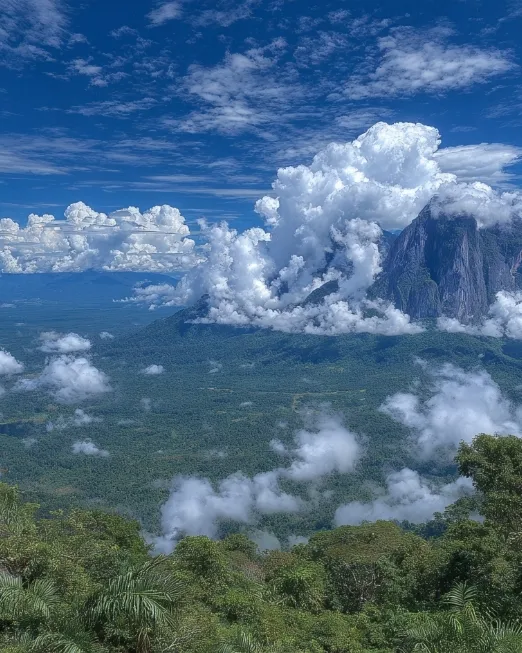
Explore Si Nan National Park in Nan, Thailand—a hidden gem for stargazing, hiking, rafting, and wildlife. In this untouched natural paradise, you can explore panoramic cliffs, rare forests, and the scenic Nan River.